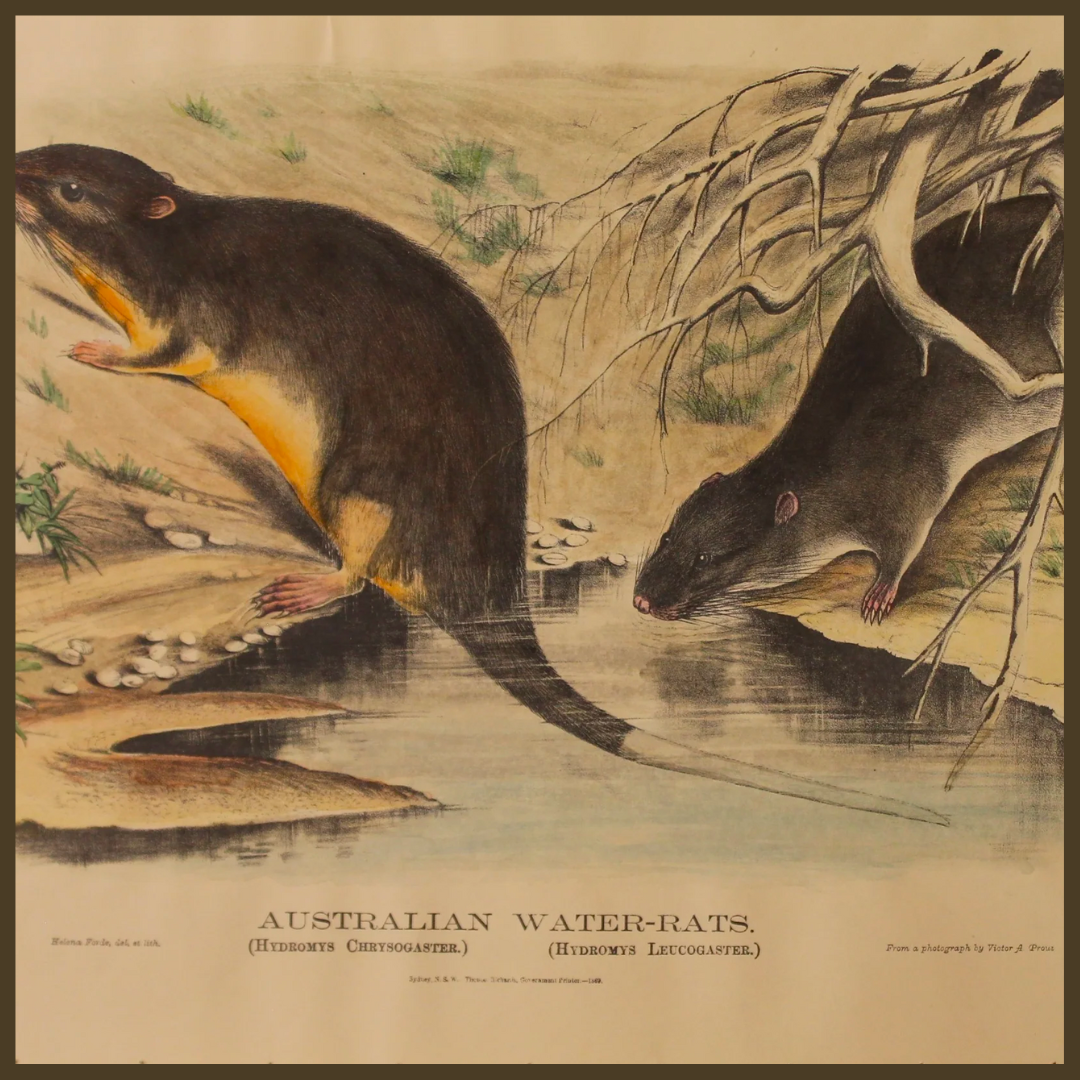
THE VOYAGE OF THE ASTROLABE
Share
The Voyage of the Astrolabe 1826 - 1829
The voyage of the Astrolabe was, arguably, France’s last and greatest scientific voyage of discovery by sail. Under the skilful leadership of Captain Jules Sébastien César Dumont d’Urville, the Astrolabe and the Zélée would discover and claim Adélie land in Antarctica, amass a vast collection of botanical and zoological specimens in both New Zealand and Australia and advise the French government against attempting to create a colony at Akaroa in New Zealand.
Having then first examined the South West Coast of Australia with the thought of possibly establishing a French colony there, in 1826, the Astrolabe sailed up the South East Coast of Australia, anchoring for several days and recording a detailed account of the bay and local aboriginals.
For more details on the Voyage, go to: surfresearch.com.au
Captain Dumont d'Urville was born in Normandy, France on 23 May 1790. He made his first voyage to the Pacific as second-in-command to Duperrey in the Coquille in 1822-25, and returned in command of the Astrolabe (the Coquille renamed) in 1826-29. One of his intentions on this second voyage was to complete Cook’s chart of New Zealand. In doing so he skilfully navigated through French Pass in the Marlborough Sounds and established the existence of D’Urville Island which was named after him. His third and final voyage to the Pacific was with two ships, the Astrolabe and the Zélée, from 1837 to 1840. Charles Jacquinot captained the Zélée. Dumont d’Urville was promoted to rear-admiral on his return from this dangerous, heroic voyage of exploration.
Tragically, Dumont d’Urville had written only three volumes of the official account of the voyage and begun the fourth when he, his wife and son, were killed in a railway accident at Bellevue on 8 May 1842. The remaining volumes of Voyage au Pôle Sud et dans l’Oceanie (Voyage to the South Pole and Oceania) were completed by other members of the expedition. The Macmillan Brown Library is privileged to hold the entire set, in total 23 volumes and 7 atlases, written in French.
Related Tag: Botanical Prints Online



